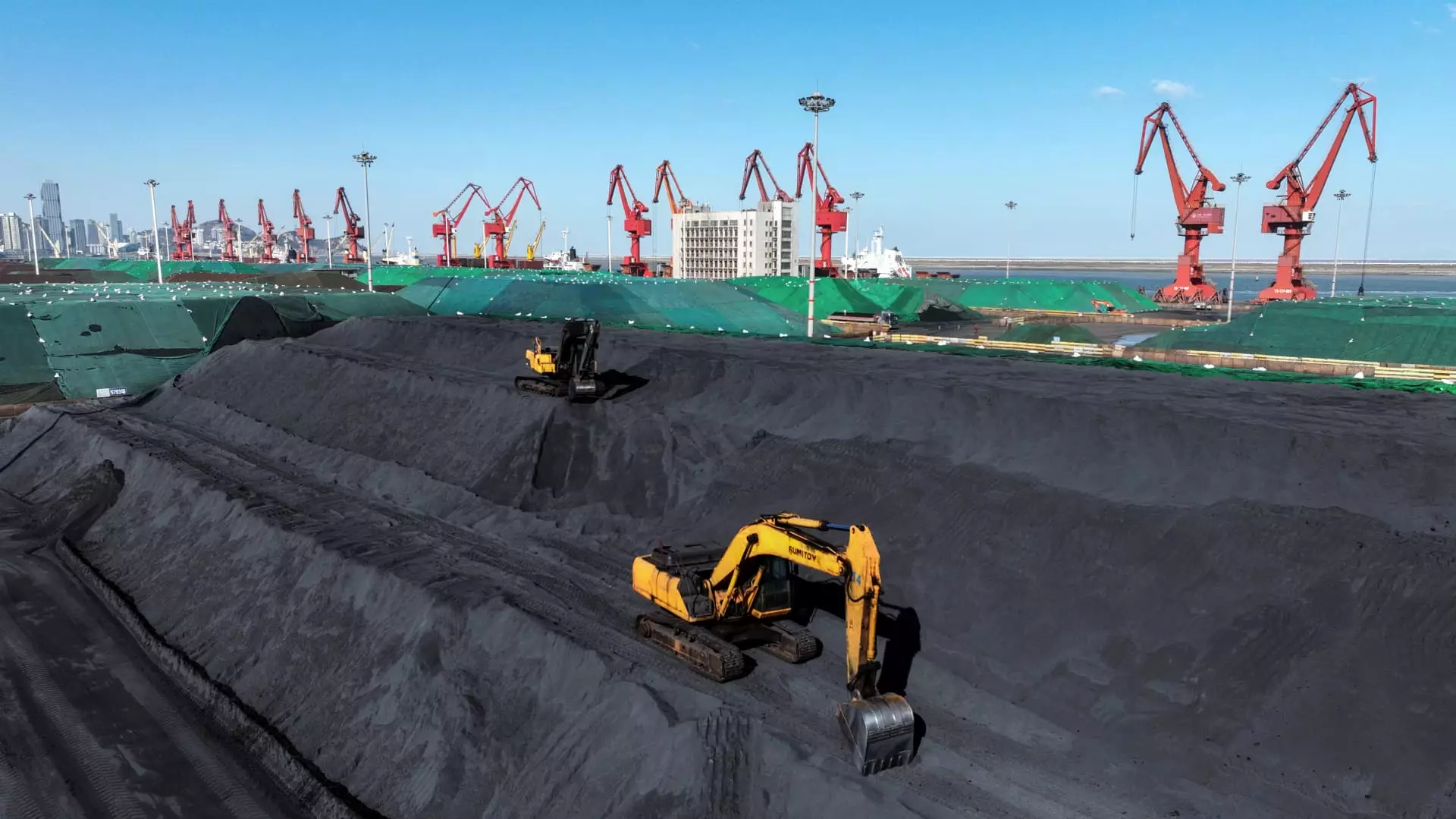In a troubling report issued by the National Bureau of Statistics, industrial profits in China plummeted by 17.8% in August compared to the same month last year. This staggering decline comes on the heels of a previously positive trend, with a year-on-year increase of 4.1% in July—marking the fastest growth in five months. The term ‘industrial profits’ encompasses a wide spectrum of industries including manufacturing, mining, and utilities within China, all of which are essential drivers of the country’s economy.
During the first eight months of the year, profits amassed by large industrial entities reached approximately 4.65 trillion yuan (about $663.47 billion), reflecting a modest year-on-year growth of 0.5%. This figure stands in contrast to the 3.6% growth recorded in the first seven months, indicating a worrying slowdown. These numbers highlight a disconcerting trend within China’s industrial sector, suggesting underlying issues that policymakers must address immediately.
In light of these concerning financial indicators, the Chinese government has ramped up its efforts to stimulate economic growth. There are mounting fears that the country may not achieve its annual GDP growth target of around 5%. The combination of sluggish domestic demand, a lingering downturn in the housing market, and rising unemployment rates has placed added strain on China’s economy, the second largest in the world.
At a recent high-level meeting led by President Xi Jinping, top Chinese leaders underscored the urgency to curb the ongoing slump in the property market and enhance both fiscal and monetary policies. This highlights the government’s acknowledgment that comprehensive, proactive measures are needed to stabilize the economy.
In concert with these discussions, the People’s Bank of China (PBOC) has enacted significant monetary policy adjustments aimed at bolstering liquidity within the financial system. The central bank announced a 50 basis point reduction in the reserve requirement ratio (RRR), effectively lowering the amount of cash banks must hold in reserve. Additionally, the PBOC trimmed the seven-day reverse repurchase rate by 20 basis points to 1.5%, facilitating easier access to credit for consumers and businesses alike.
The broader economic landscape mirrors these industrial concerns, as indicators such as industrial activity, retail sales, and urban investment have all exhibited slower-than-anticipated growth rates. Retail sales saw a mere increase of just over 2%, while industrial production managed a tepid 4.5% year-on-year growth. Fixed asset investments also reported a significant decline in the real estate sector, falling by 10.2% through August—emphasizing an industry in distress.
Additionally, the urban unemployment rate has ticked up to 5.3% in August, compared to 5.2% in July, indicating growing challenges in the job market that could further dampen consumer confidence and spending.
The precipitous drop in industrial profits, alongside a slew of other economic indicators, paints a grim picture for China’s economic prospects. The government’s measures to enhance liquidity and bolster fiscal policy may offer some respite, but the systemic issues revealing themselves in domestic demand and employment must be addressed comprehensively to pull the country back on its growth trajectory. A vigilant approach will be essential to navigate these turbulent economic waters.

Leave a Reply